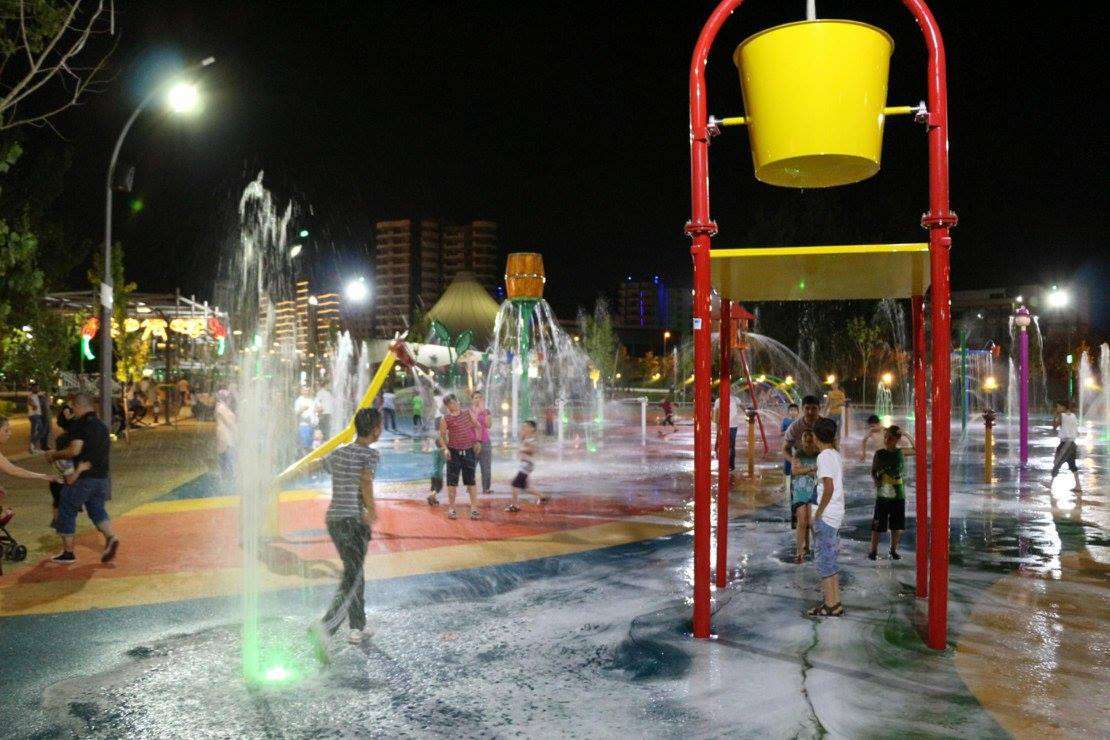
Splash Park Planning A to Z
Water Splash Blog Read more, Discover more ! Splash Park Planning A to Z Before you decide to add a splash park to your community,
Water Splash Blog
Read more, Discover more !
Welcome to our blog post on Splash Park Filtration System Design! If you’re in the process of building or upgrading a splash park, then this article is for you. We will dive into the important aspects of designing an efficient filtration system that will ensure clean and safe water for your visitors. From understanding the impact of splash park size and capacity on filtration needs to selecting the right equipment and calculating filtration capacity, we’ve got you covered. So grab a towel and let’s jump right in!
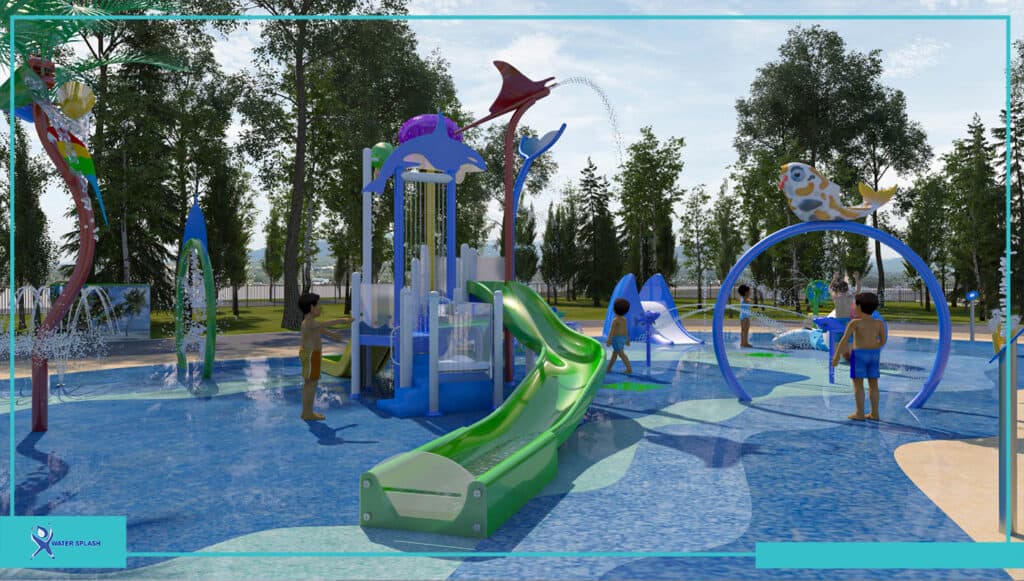
When it comes to splash park filtration system design, size and capacity are crucial factors to consider. The size of your splash park will directly impact the filtration needs and equipment required to maintain clean water. A larger splash park with more features and attractions will naturally result in a higher volume of water that needs to be filtered.
Why does size matter? Well, think about it this way – the more water you have flowing through your system, the greater the strain on your filters and pumps. It’s like trying to fill up a bathtub using a tiny faucet versus a firehose! In order to ensure efficient filtration, you need equipment that can handle the demand.
Additionally, understanding the capacity of your storage tank is essential. This determines how much water can be stored before it goes through the filtration process. If your tank is too small for your splash park’s needs, you may encounter issues such as inadequate turnover rates or insufficient time for proper filtration.
To determine the appropriate filtration capacity for your splash park, several factors must be considered – flow rate requirements based on peak usage times, turnover rates recommended by health departments or regulatory bodies, as well as any specific guidelines set forth by NSF (National Sanitation Foundation) or UL (Underwriters Laboratories) regarding equipment standards.
By accurately assessing these factors and selecting appropriately sized pumps and filters based on flow rates and turnover requirements, you can ensure effective removal of debris, contaminants, and bacteria from the water in your splash park. Remember – maintaining optimal water quality not only enhances visitor satisfaction but also contributes to their overall safety.
So when designing or upgrading a splash park’s filtration system, don’t underestimate the importance of considering its size and capacity. Doing so will help guarantee crystal-clear waters that everyone can enjoy while splashing away under sunny skies!
Filtration equipment plays a crucial role in maintaining the cleanliness and safety of any splash park. With so many waterborne contaminants present, having the right filtration system is essential to ensure a fun and healthy environment for visitors.
There are two main types of filtration equipment commonly used in splash parks: sand filters and cartridge filters. Sand filters are known for their effectiveness in removing larger particles from the water, while cartridge filters excel at capturing smaller debris. The choice between these two options depends on factors such as budget, maintenance requirements, and desired filtration capacity.
Another important piece of equipment is a chemical controller, which helps maintain proper water chemistry by automatically monitoring and adjusting chemical levels. This ensures that the water remains balanced and free from harmful bacteria or algae blooms.
To accurately determine the size of your filtration pump and filter, it’s necessary to perform a calculation based on the splash park’s size and storage tank capacity. These calculations take into account factors like flow rate, turnover time, and NSF requirements for commercial pool equipment.
Additionally, it’s important to consider health department inspections when designing your filtration system. Compliance with regulations regarding water quality standards will help you pass inspections smoothly.
Secondary disinfection through UV systems can provide an extra layer of protection against pathogens that may be resistant to traditional disinfectants. UV systems use ultraviolet light to neutralize harmful organisms without adding chemicals to the water.
In conclusion (Not needed), investing in high-quality filtration equipment is essential for any splash park owner or operator who wants to create a safe and enjoyable experience for their guests. By carefully considering factors like park size, storage tank capacity,and regulatory requirements,you can design an effective filtration system that maintains crystal-clear waters all season long!
When it comes to designing a filtration system for your splash park, one of the key factors to consider is the filtration capacity. This refers to how efficiently the system can remove impurities from the water and maintain its cleanliness.
To calculate the filtration capacity needed for your splash park, you first need to determine its size and capacity. The larger the park and the more people it can accommodate, the higher the filtration capacity required.
Once you have this information, you can then select an appropriate pump and filter size that can handle the desired flow rate. A common type of filter used in splash parks is a sand filter or a cartridge filter. These filters are designed to trap dirt, debris, and other particles as water passes through them.
In addition to selecting a suitable pump and filter size, it’s important to ensure that all equipment meets NSF requirements for quality assurance. This ensures that they have been tested and certified by an independent organization.
Furthermore, when designing your filtration system, you should also consider any applicable UL requirements for electrical equipment safety.
Remember, proper calculation of filtration capacity is crucial not only for maintaining clean water but also for meeting health department inspection standards. So take your time in determining these values accurately!
Stay tuned as we explore another essential component of splash park filtration systems in our next blog post: Secondary disinfection using UV systems!
In today’s blog post, we have delved into the important aspects of designing a Splash Park filtration system. We explored how the size and capacity of your splash park can greatly affect the filtration needs. Additionally, we discussed various types of filtration equipment such as sand filters and cartridge filters that are commonly used in these systems.
To ensure optimal performance, it is crucial to accurately calculate the filtration capacity required for your specific splash park. By considering factors like water flow rate, turnover time, and bather load, you can select an appropriately sized pump and filter to meet your unique needs.
Furthermore, we emphasized the significance of secondary disinfection equipment in maintaining water quality standards. One popular method is incorporating a UV system into your filtration setup. This technology effectively eliminates harmful pathogens without relying solely on chemical treatments.
When designing your splash park filtration system, it is essential to comply with industry standards such as NSF requirements for equipment and UL requirements for electrical components. Adhering to these guidelines ensures that your installation meets safety regulations and provides a healthy environment for all users.
Don’t forget about health department inspections! Regular inspections will help identify any potential issues or improvements needed in maintaining proper water quality at your splash park.
By considering all these factors during the design process and implementing an efficient filtration system with secondary disinfection capabilities like a UV system, you are ensuring safe and enjoyable experiences for everyone who visits your splash park.
So go ahead – make a big SPLASH with confidence knowing that you have taken every step necessary to provide clean water fun!
Linkedin Page: Water Splash inc

Water Splash Blog Read more, Discover more ! Splash Park Planning A to Z Before you decide to add a splash park to your community,
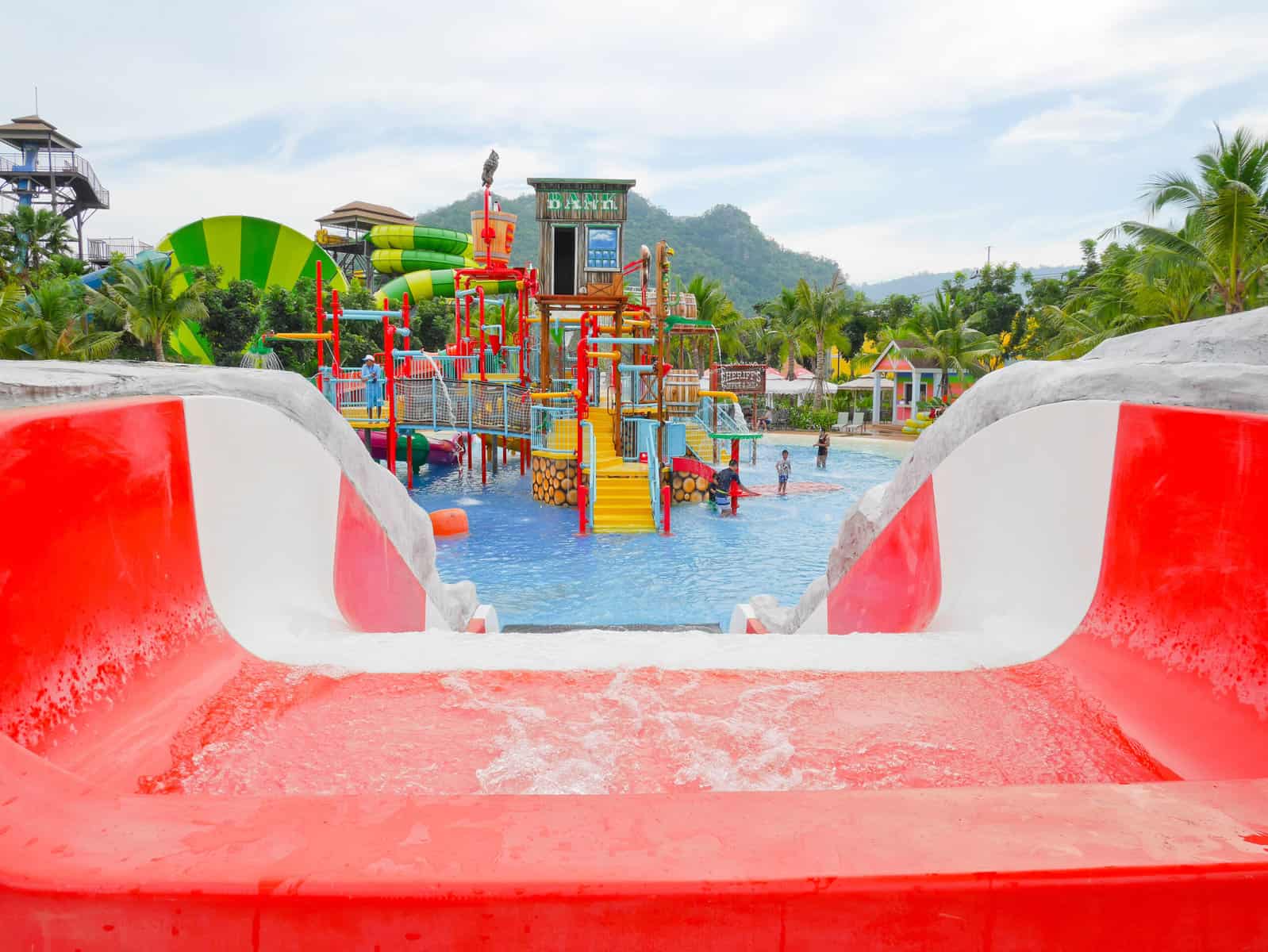
Water Splash Blog Read more, Discover more ! How to Secure Government Grants for Your Community’s Splash Park or Playground Are you dreaming of a
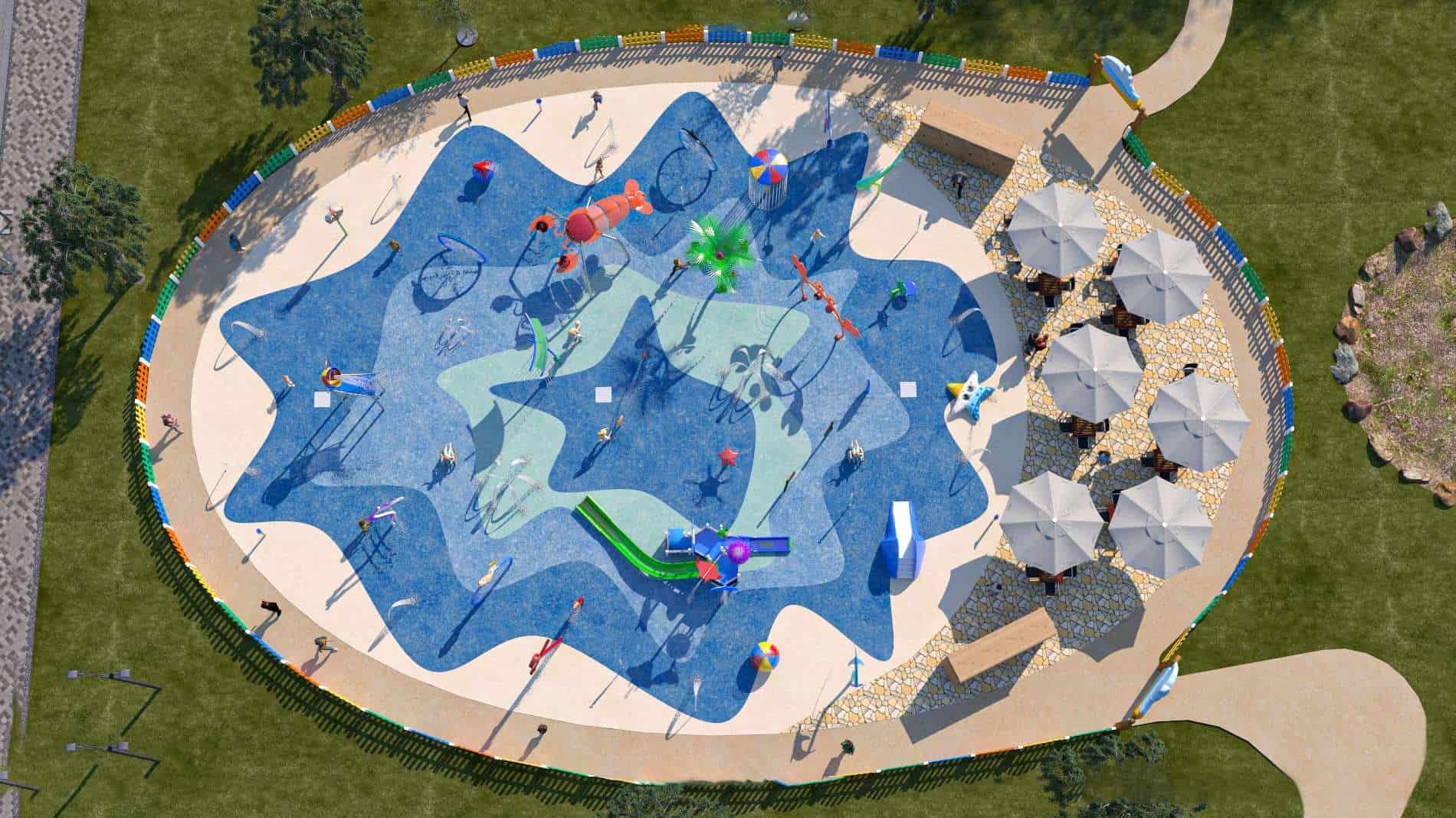
Water Splash Blog Read more, Discover more ! How To Build A Splash Pad in 4 Step? Read more
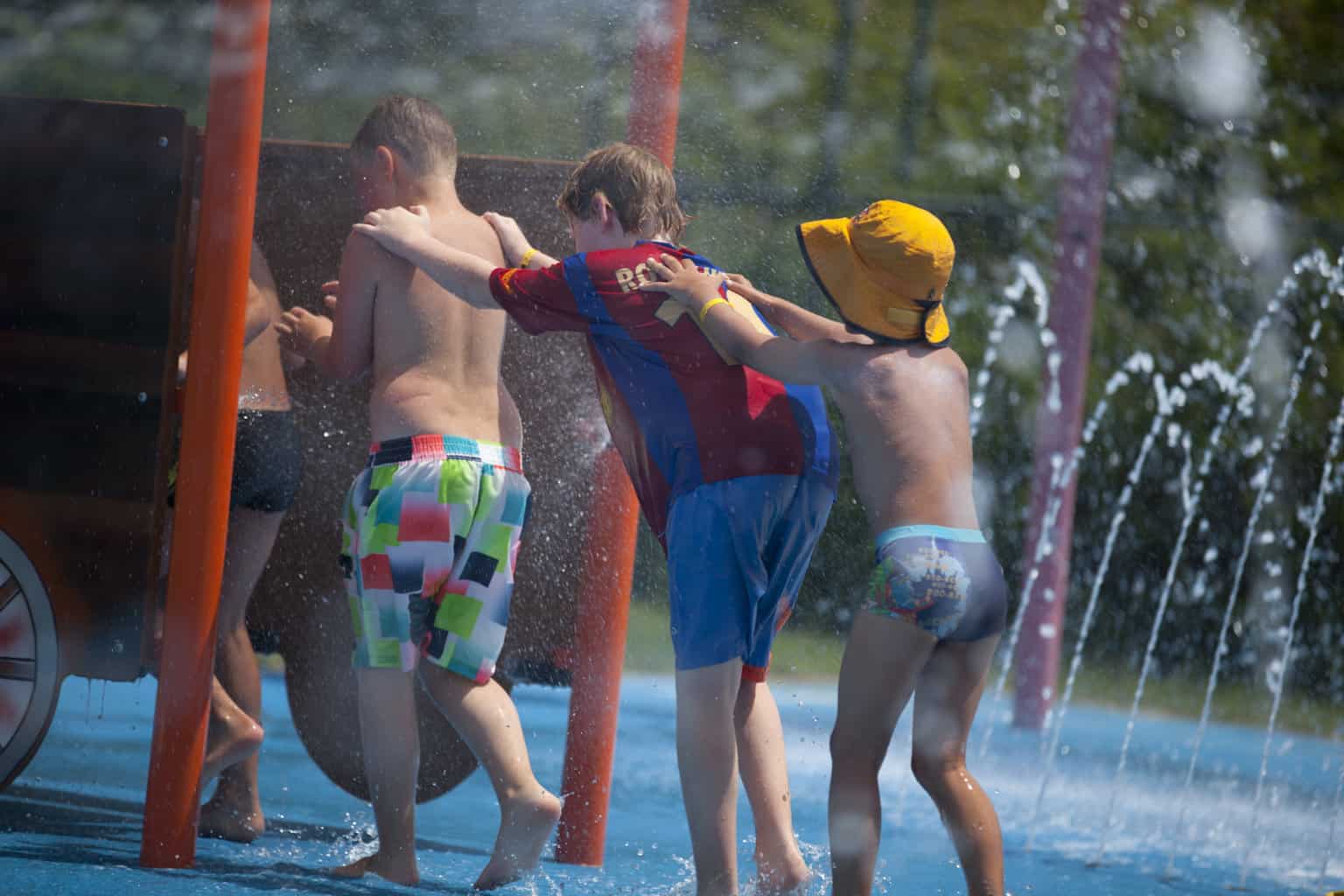
Water Splash Blog Read more, Discover more ! How to create a water park at home? In this article, we will answer the question of
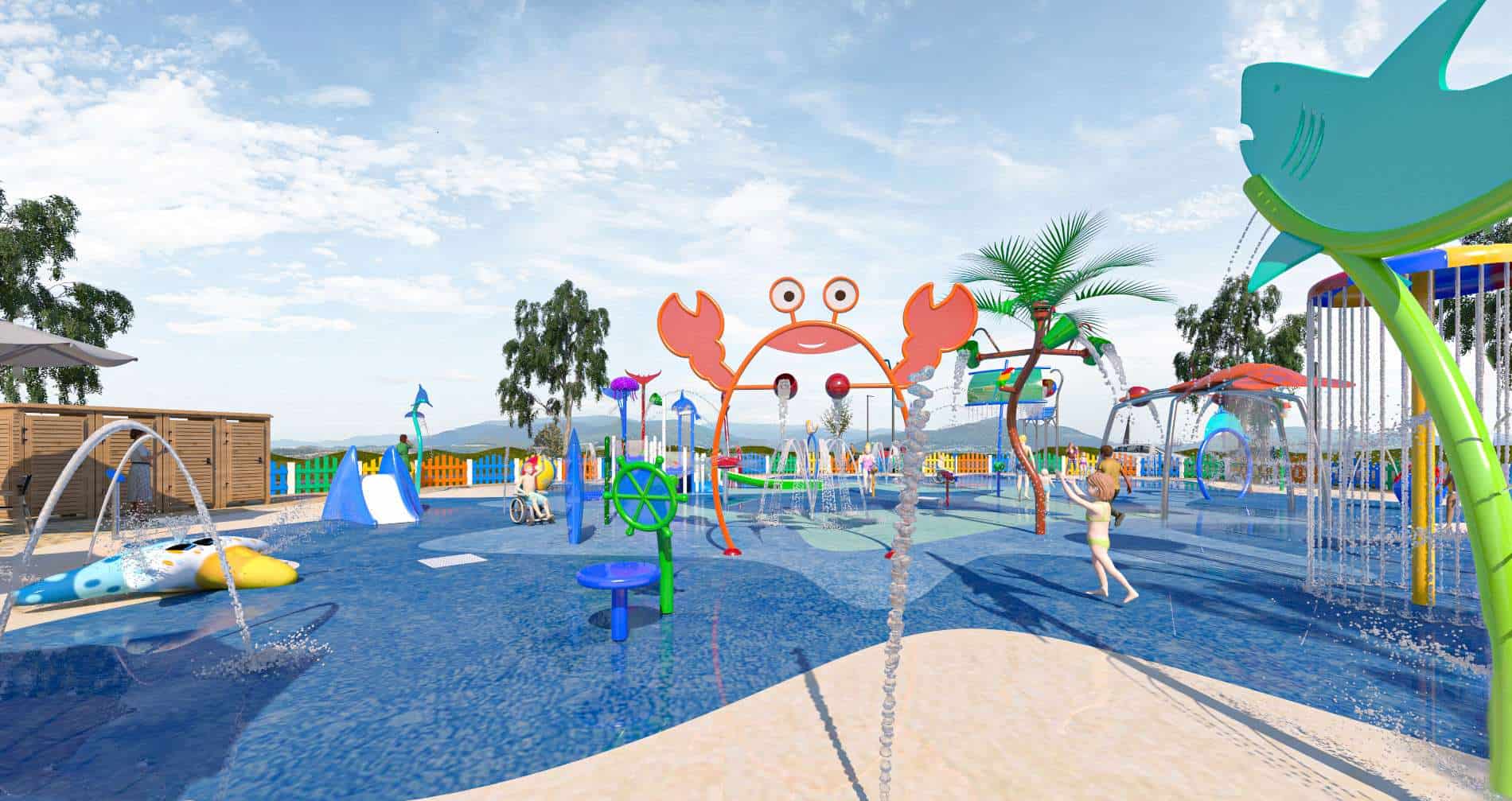
Water Splash Blog Read more, Discover more ! How To Design A Splash Pad With Regulatory Compliance? In this article, we will answer, How to
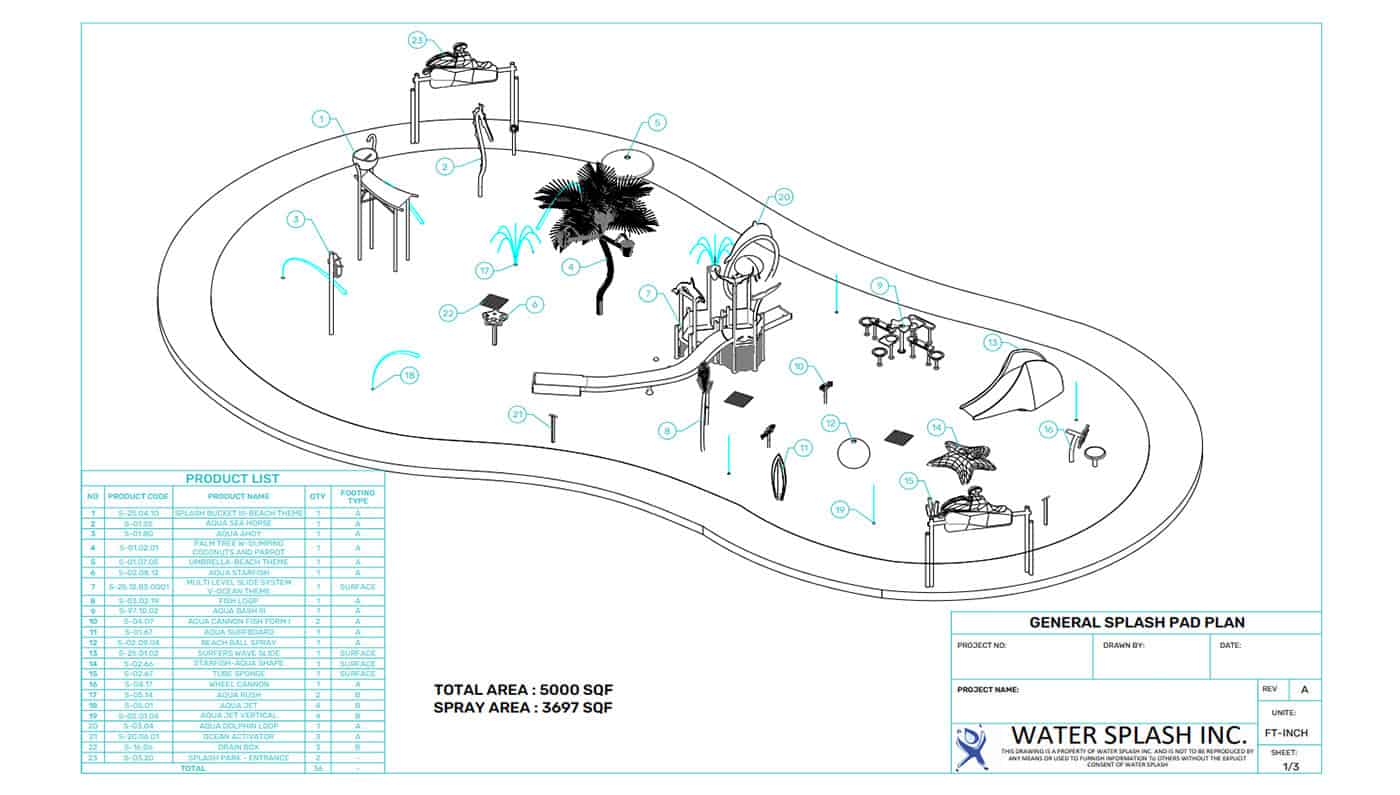
Water Splash Blog Read more, Discover more ! WATER SPLASH DESIGN PERSPECTIVE Water Splash, Inc. For more than 20 years, Innovative Water Playground Equipment designs,
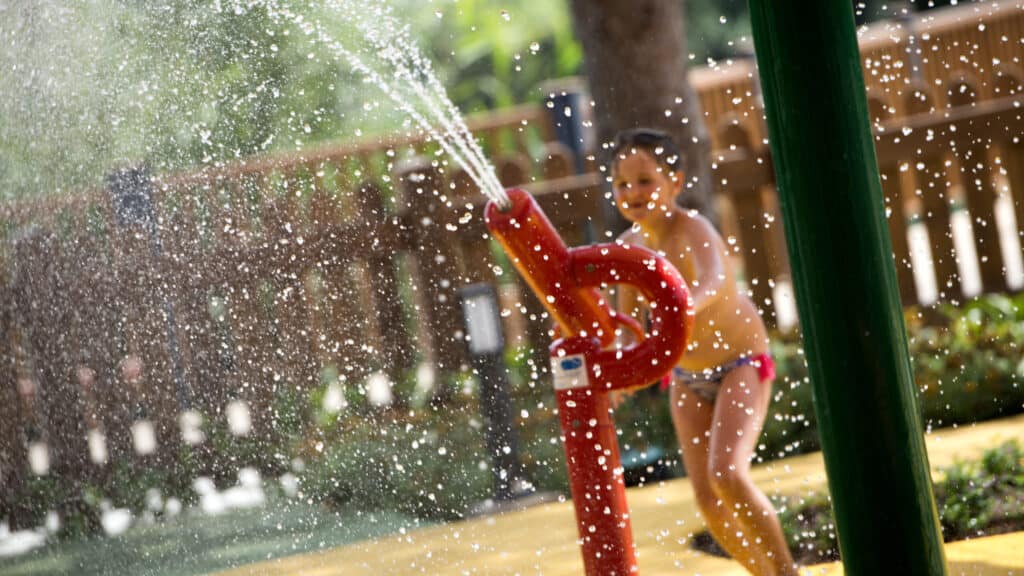
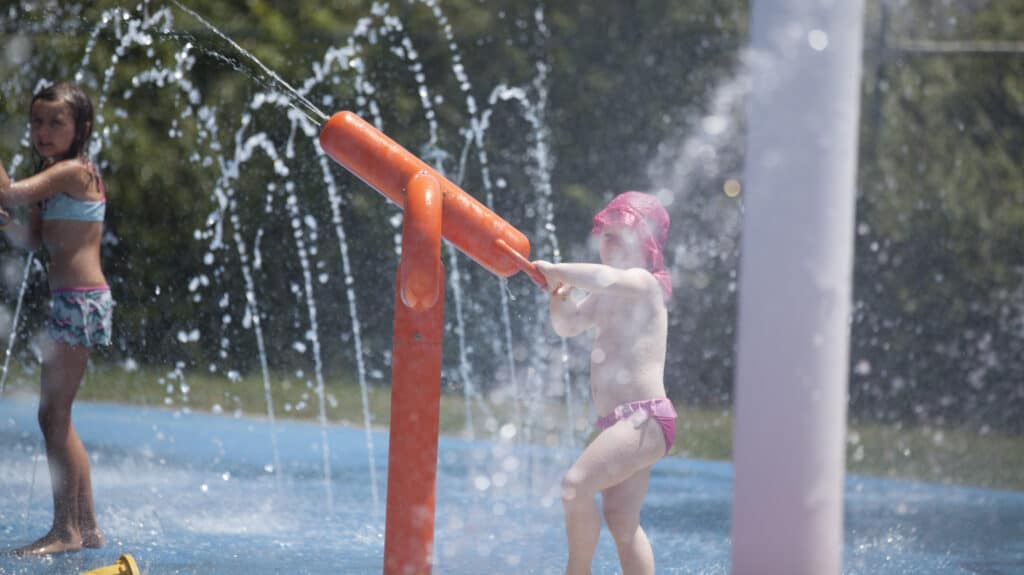
(800) 936 3430
102 W Service Rd Ste 412, Champlain, NY, 12919, United States
© 2022 Water Splash Inc. All Rights Reserved